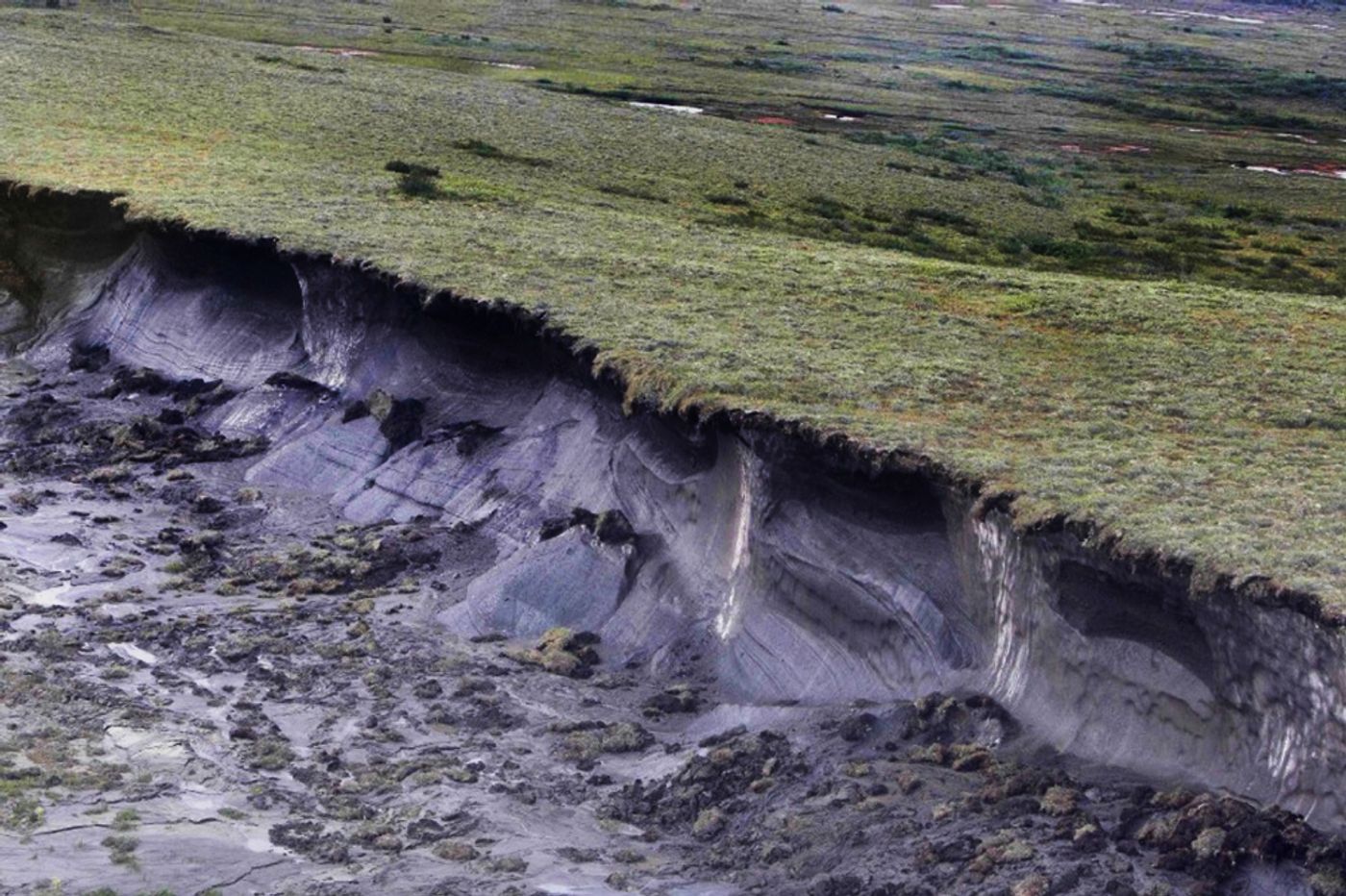Thawing ice may expose deadly diseases
Climate change is frightening on a lot of levels. Extreme weather, rising seas, displacement, extinction of species – the list goes on. Thawing permafrost is now being added to that list – but not because of the significance of methane release or melting glaciers; no, frozen soils are potentially even more life threatening because they are the keepers of old viruses and bacteria that we thought we had vanquished to extinction.
Temperatures in the Arctic Circle are increasing approximately three times faster than in the rest of the world, reports the BBC. Without warming from climate change, superficial permafrost layers normally melt about 50 cm deep each summer. But with warming, older permafrost layers are closer to the surface. "Permafrost is a very good preserver of microbes and viruses, because it is cold, there is no oxygen, and it is dark," says evolutionary biologist Jean-Michel Claverie at Aix-Marseille University in France. "Pathogenic viruses that can infect humans or animals might be preserved in old permafrost layers, including some that have caused global epidemics in the past."
One example occurred last summer in Siberia when there was an outbreak of anthrax that killed one young boy and infected twenty other people. The break is thought to have come from a dead reindeer that had been buried in the permafrost over seventy-five years ago. The animal died of the disease, and when the permafrost embalming it thawed, the disease, which stays dormant in spore form, sprung to life, infecting other reindeer and water sources.
This was not the first occurrence when melting permafrost revealed dangerous pathogens. Scientists found the Spanish flu virus from 1918 in corpses buried in mass graves in Alaska's tundra as well. It is feared that smallpox and the bubonic plague are also buried in Siberia.
Bacteria that are particularly hardy are those that form spores, like anthrax. These include tetanus and Clostridium botulinum, the pathogen responsible for botulism. But bacteria aren’t the only pathogens lurking in the ice. Viruses, too, have been found – some of which are even classified as giant viruses because they are large enough to be seen under a microscope.
"Most viruses are rapidly inactivated outside host cells, due to light, desiccation, or spontaneous biochemical degradation," says Claverie. "For instance, if their DNA is damaged beyond possible repair, the virions will no longer be infectious. However, among known viruses, the giant viruses tend to be very tough and almost impossible to break open."
Claverie and a team of researchers have found in permafrost layers not only DNA sequences from viruses, but also bacteria with DNA that encodes virulence factors, molecules that pathogenic bacteria and viruses produce, which increase their ability to infect a host.
He says, "Following our work and that of others, there is now a non-zero probability that pathogenic microbes could be revived, and infect us.” Although “non-zero” is quite an abstract quantity, he cautions that more investigation in this field is necessary, as these bacteria and viruses could be resistant to our modern medicines. “If the pathogen hasn't been in contact with humans for a long time, then our immune system would not be prepared. So yes, that could be dangerous."
Even more worrisome is that global warming isn’t the only means by which pathogenic permafrost could become a reality. Mining for gold and minerals and drilling for oil and natural gas in the Arctic circle has been made easier because melting glaciers make the region more accessible for companies. Such extraction processes could expose pathogens buried in permafrost even more quickly than melting. Yet another reason to keep what’s in the earth underground.
Sources: BBC, Huffington Post, Mirror









